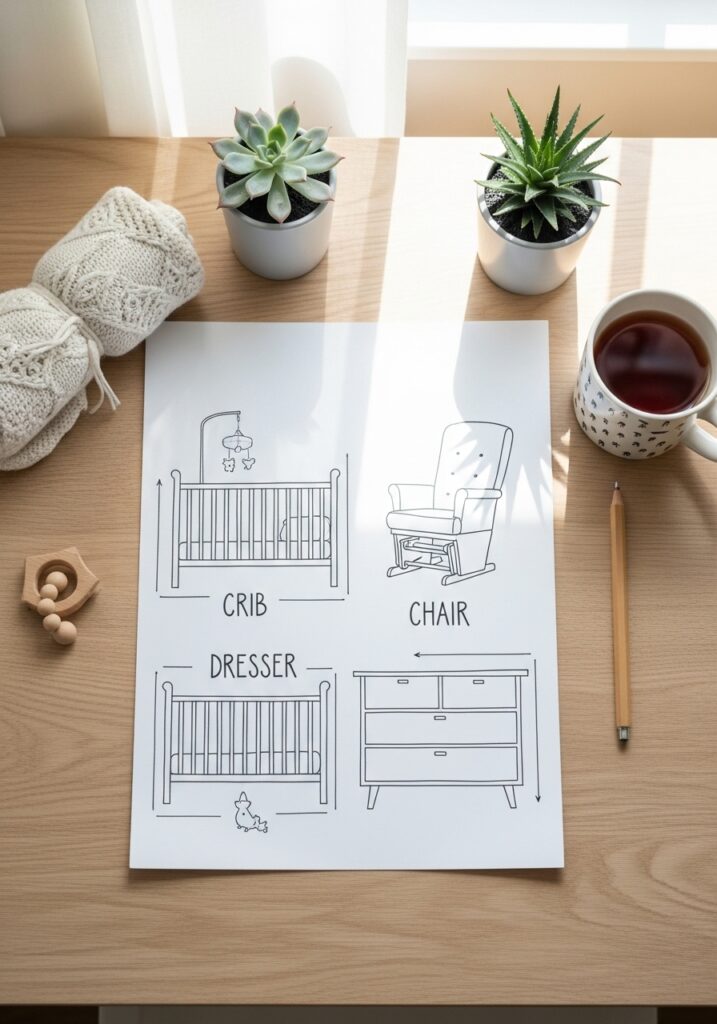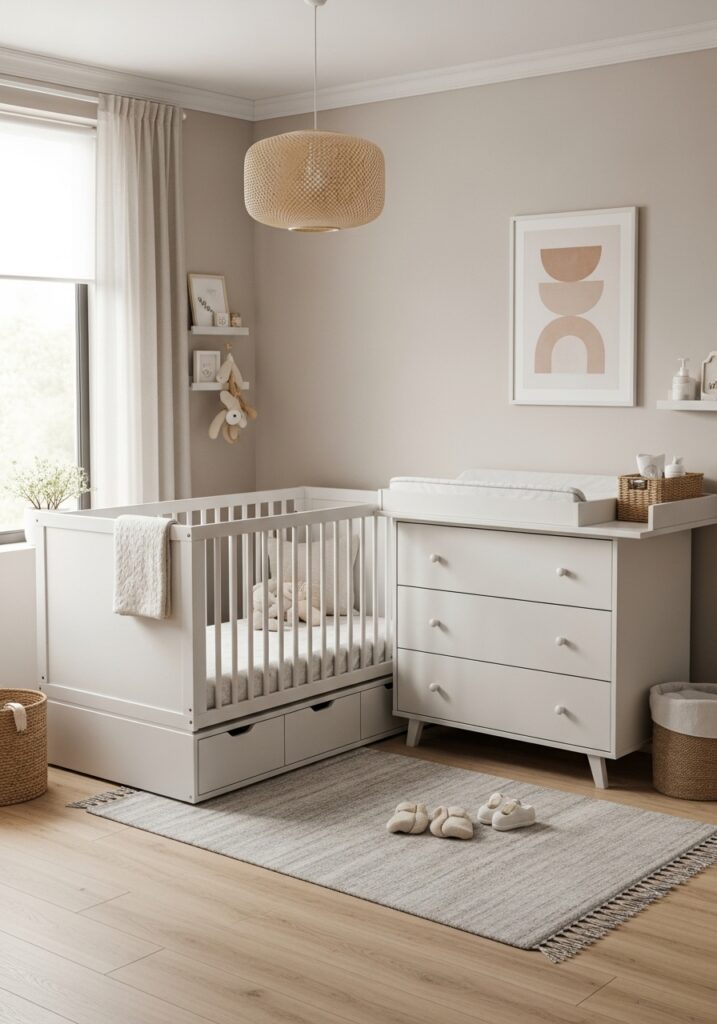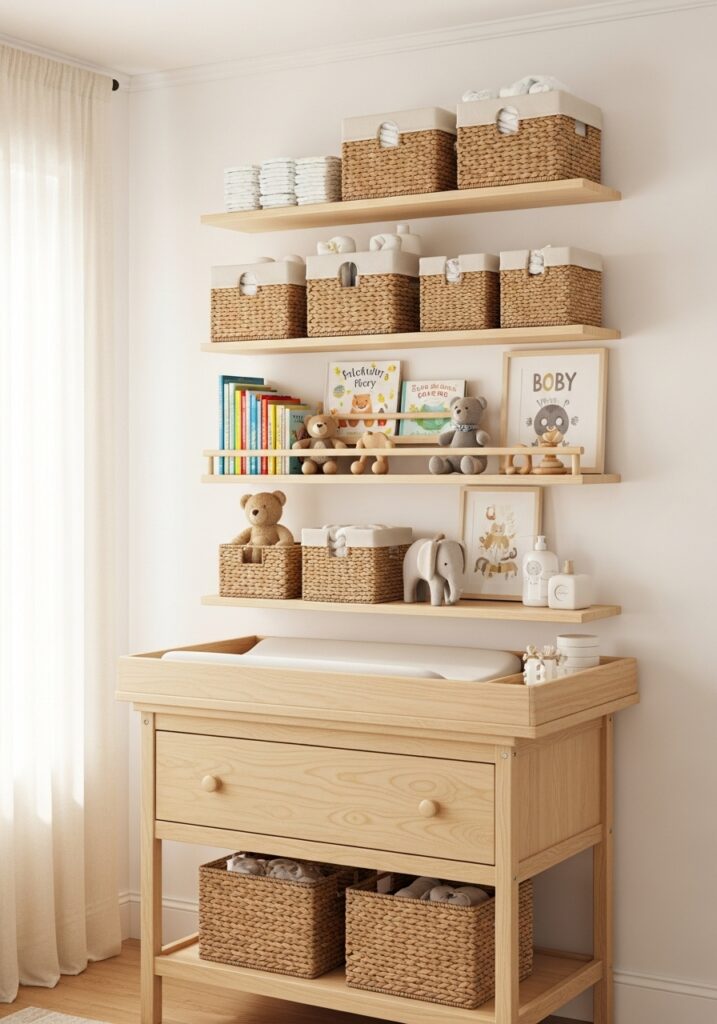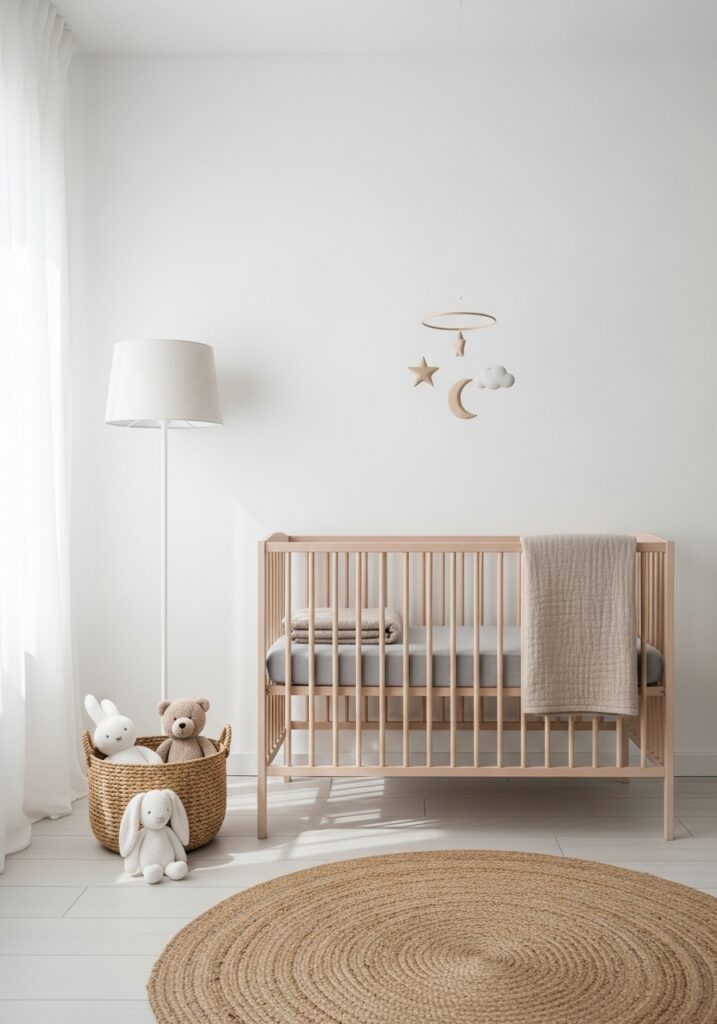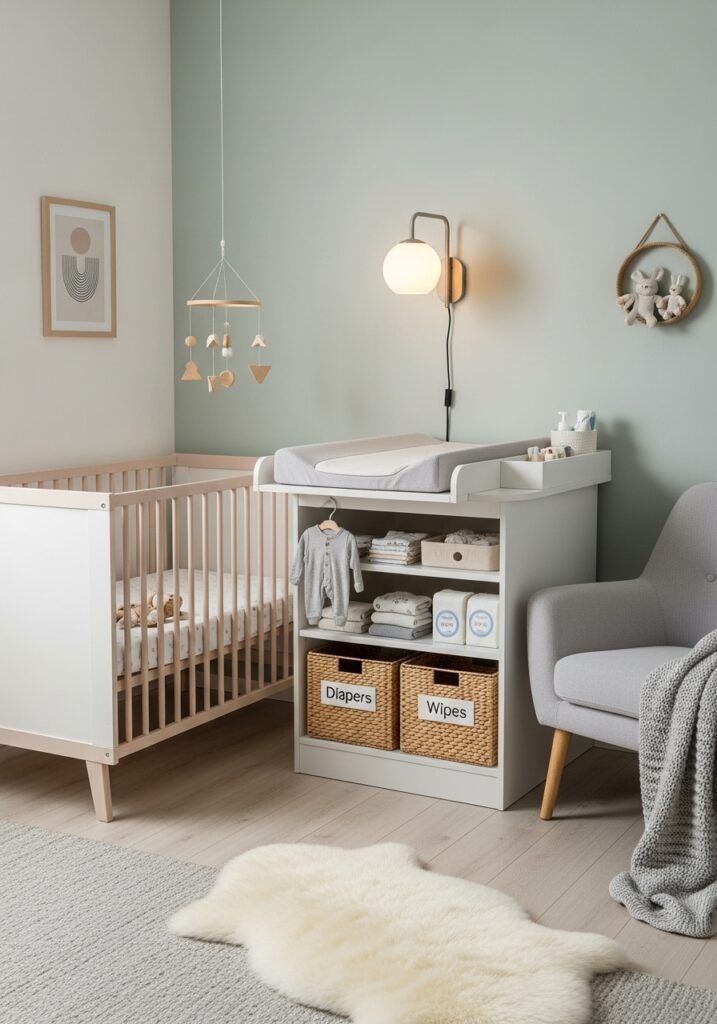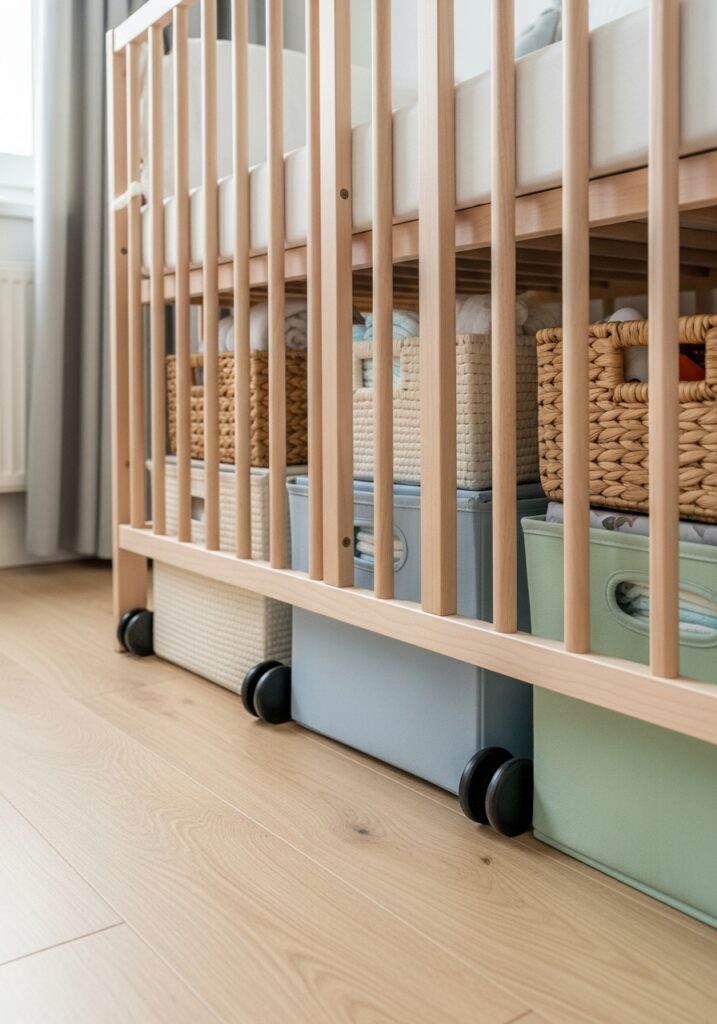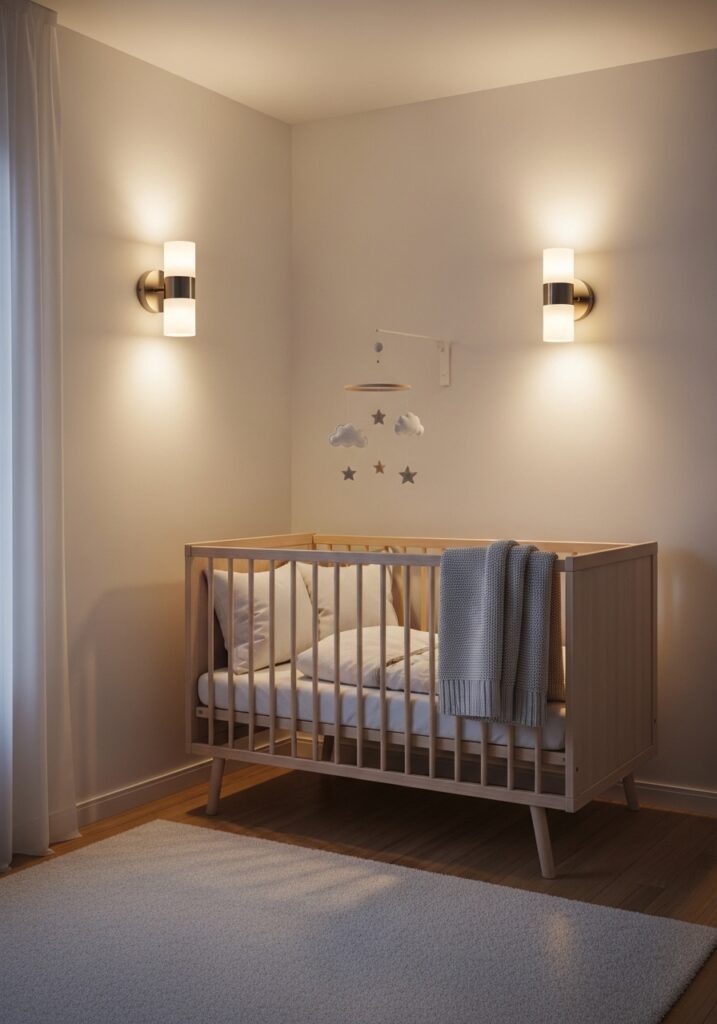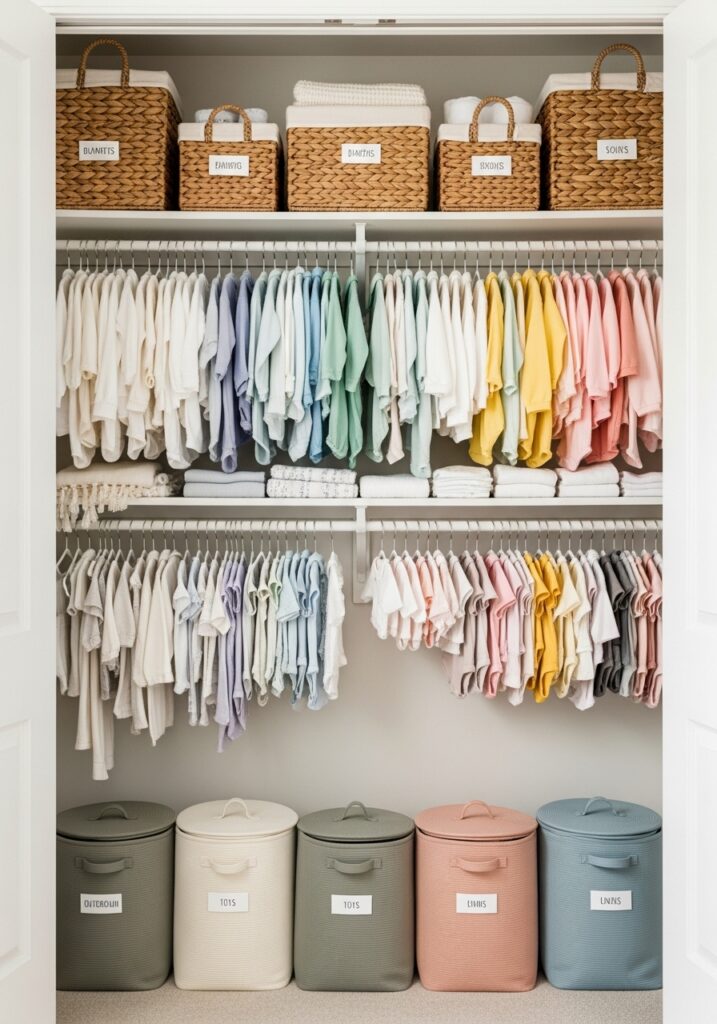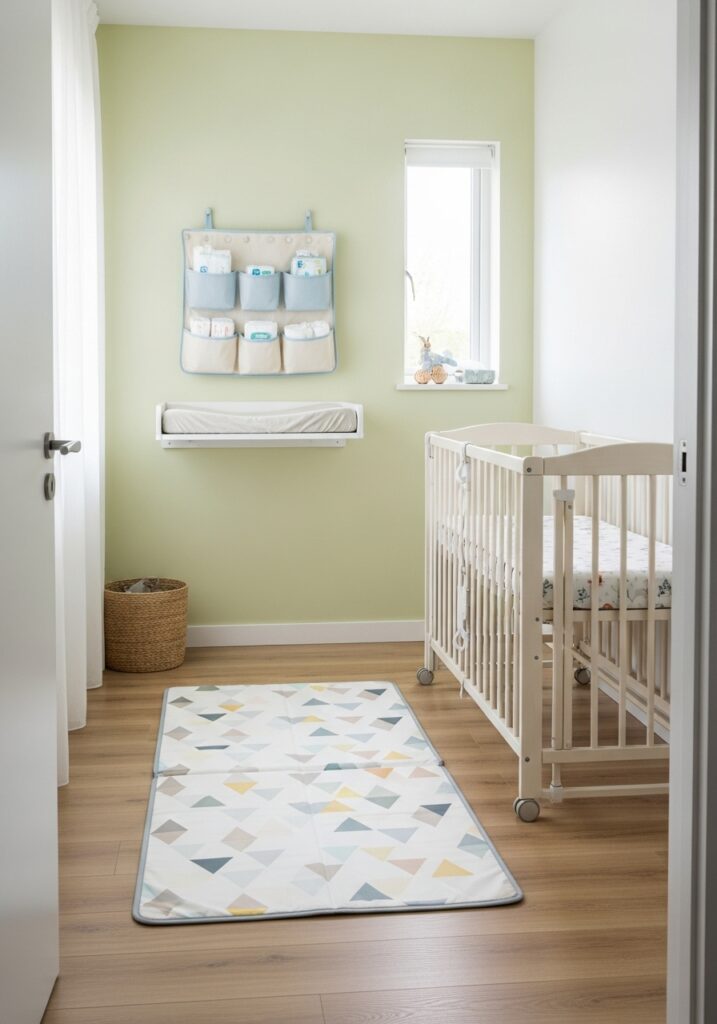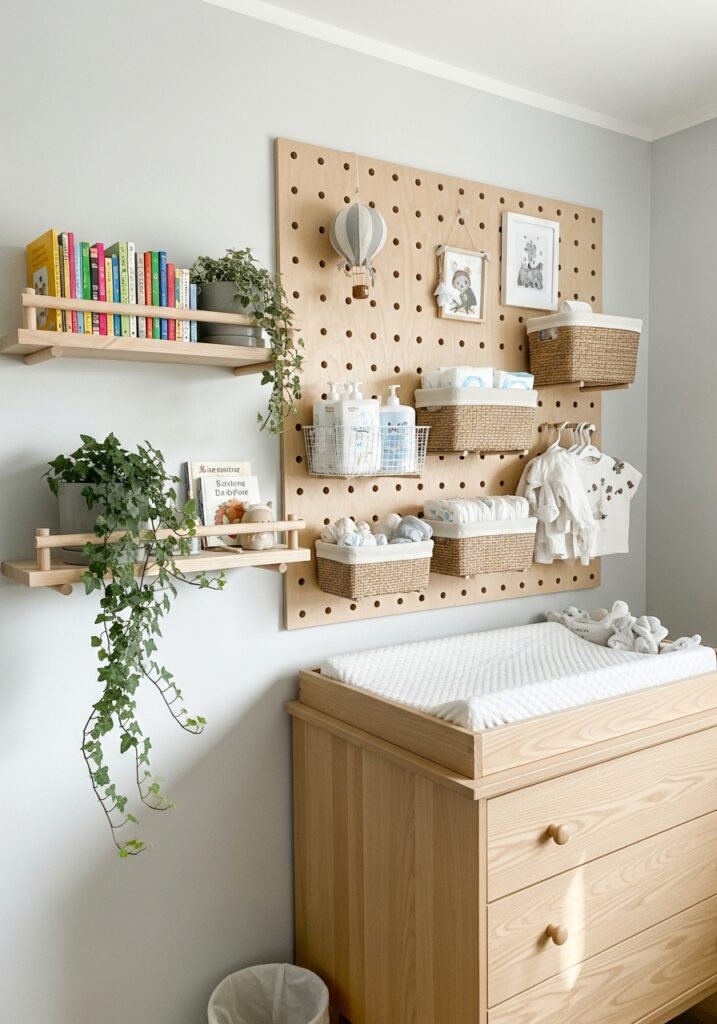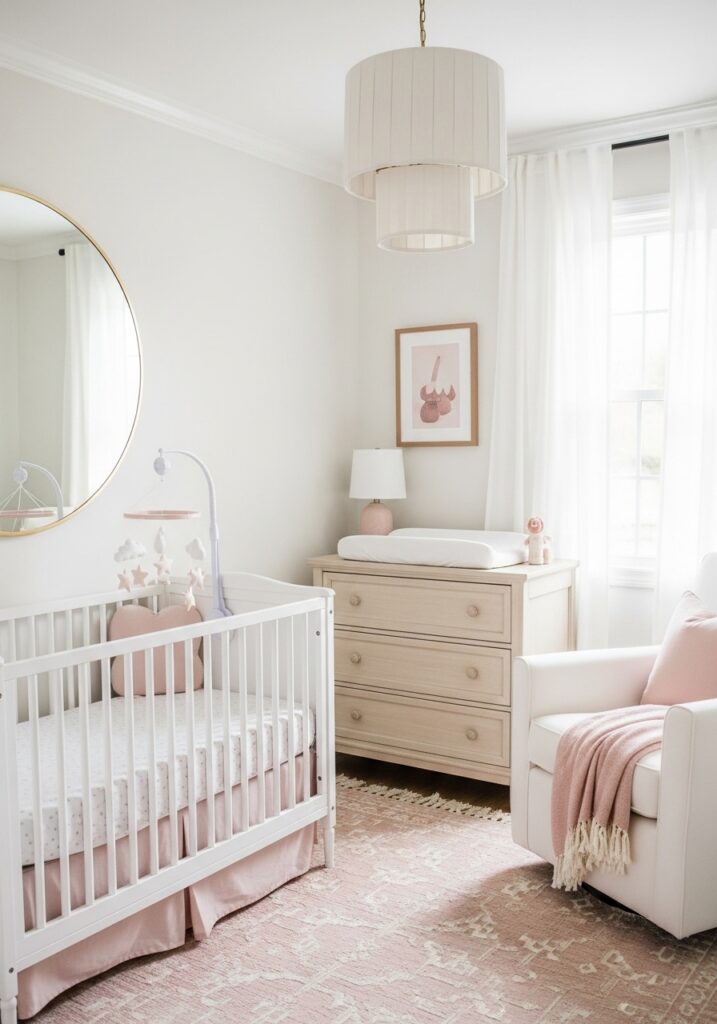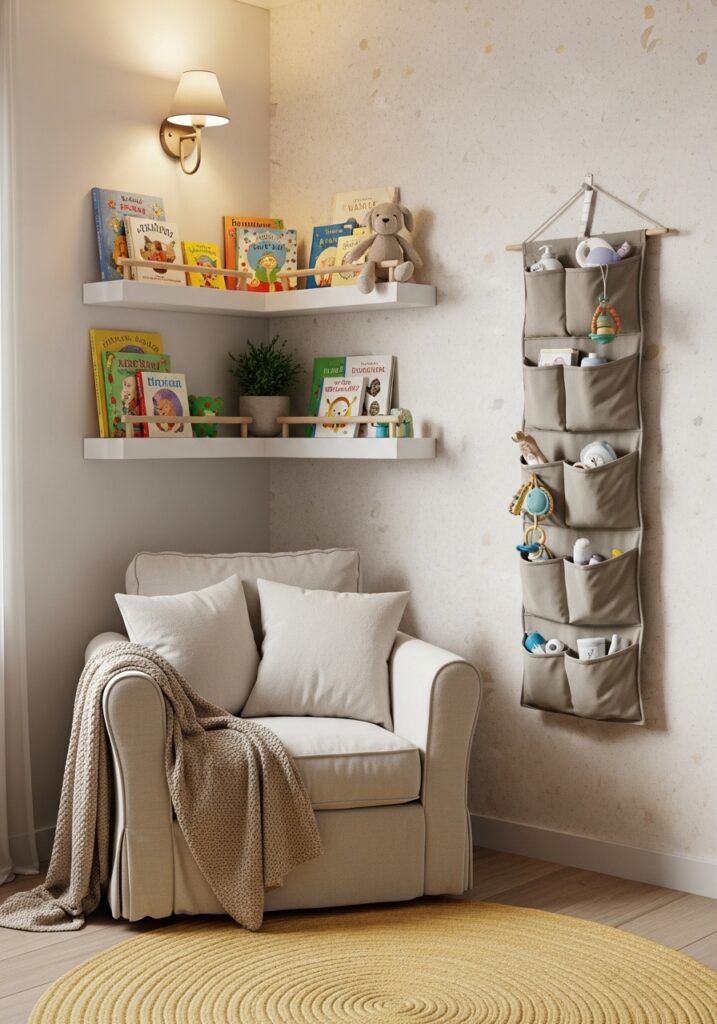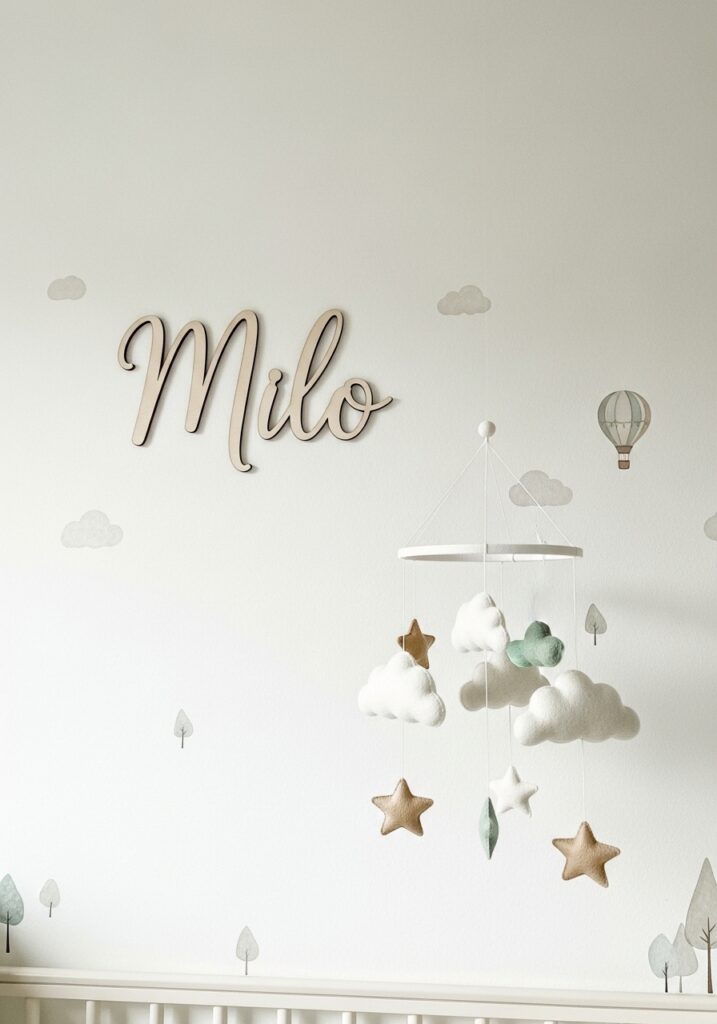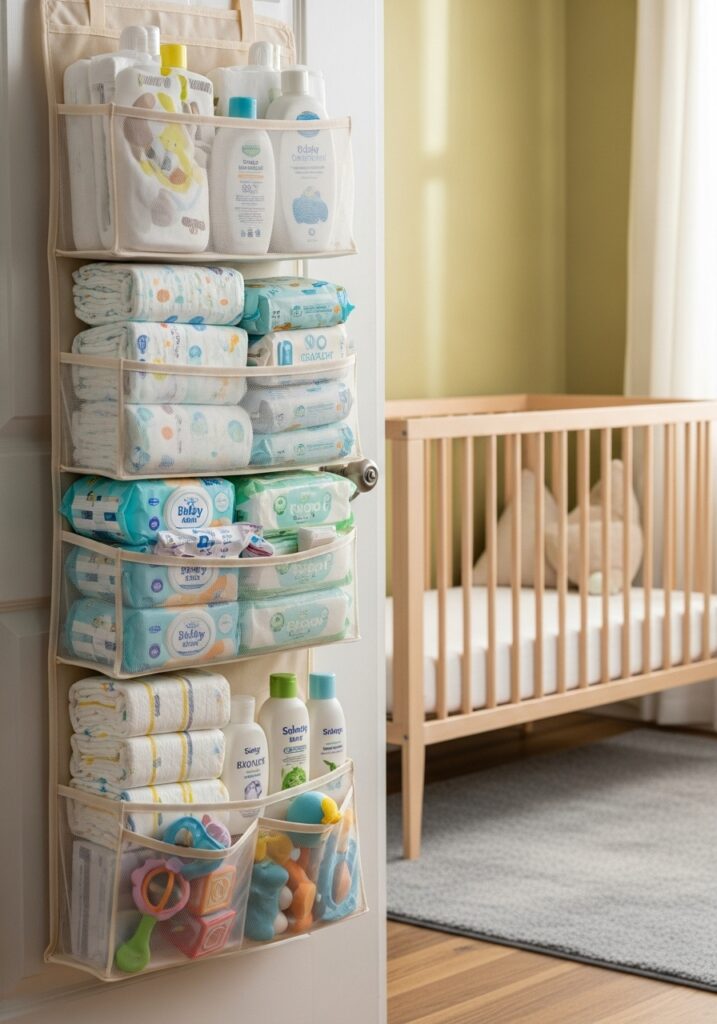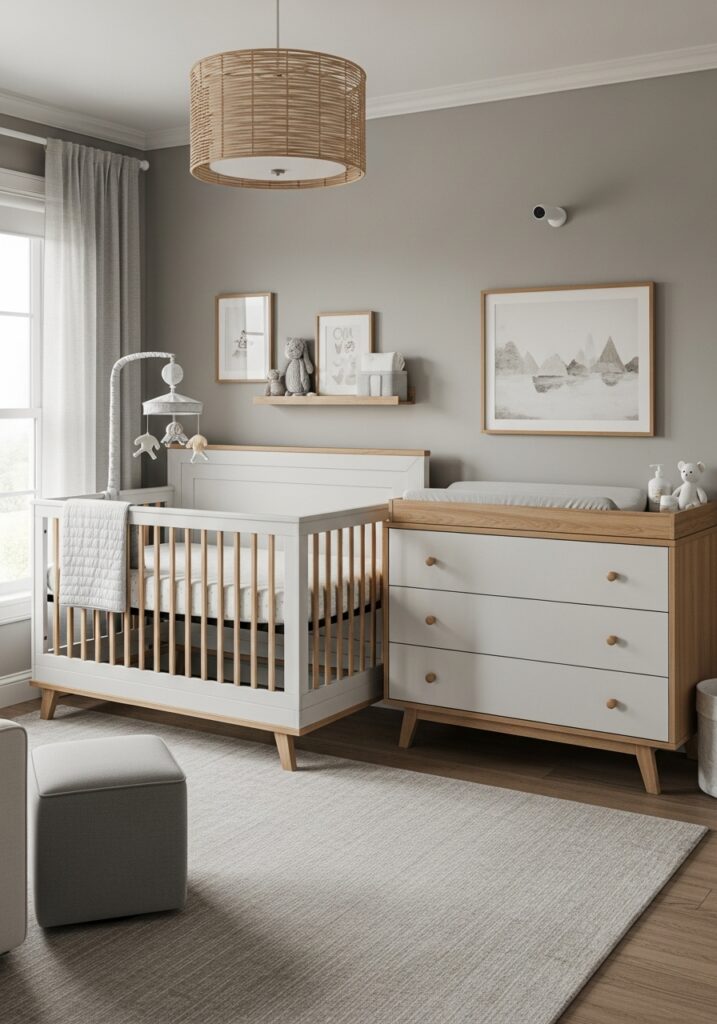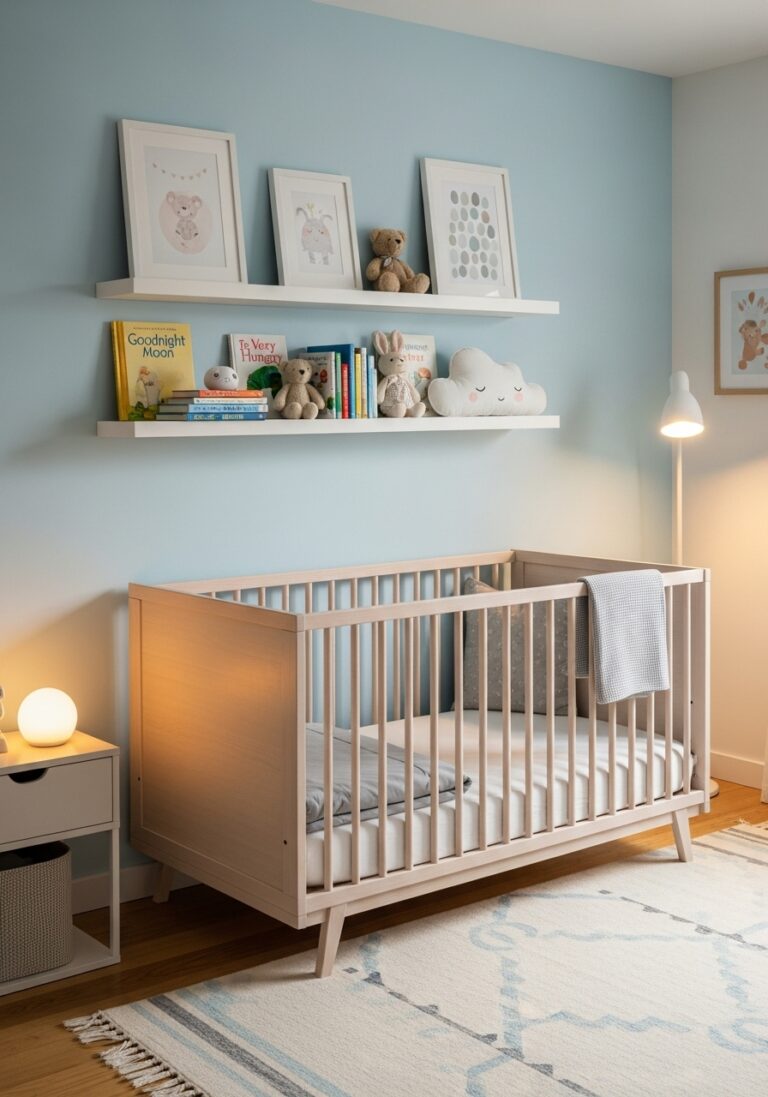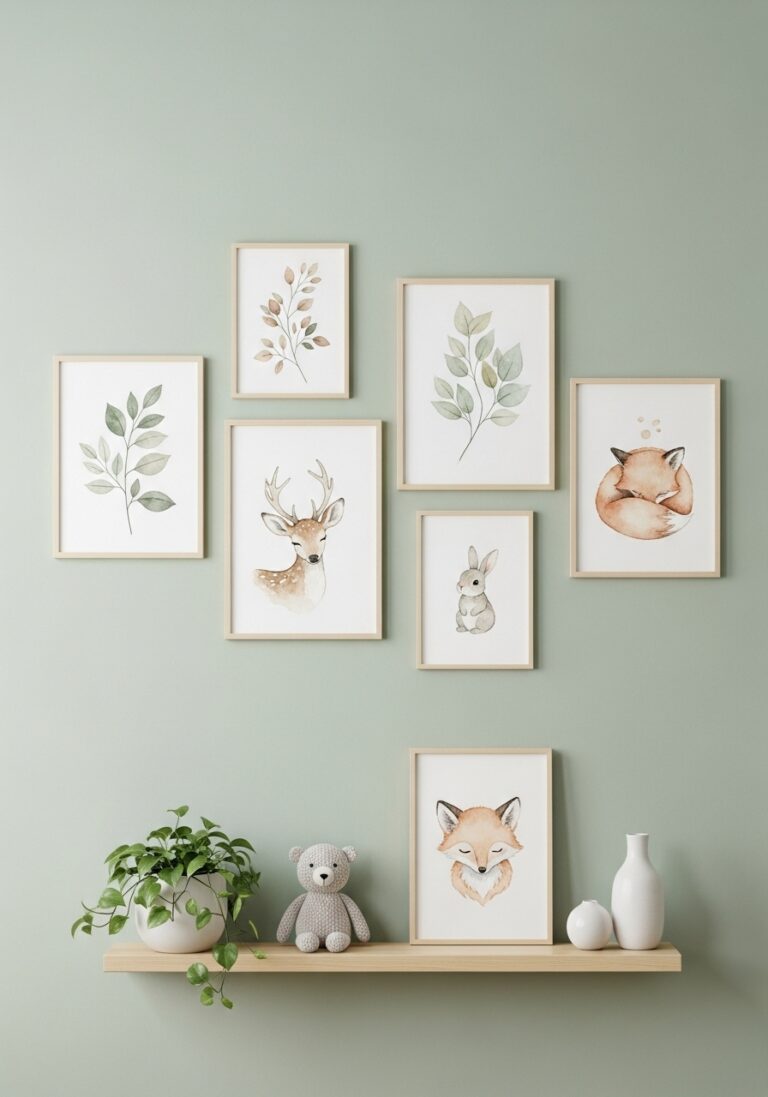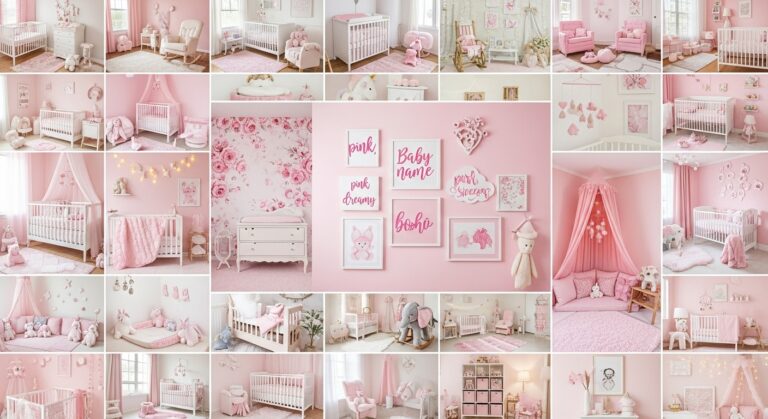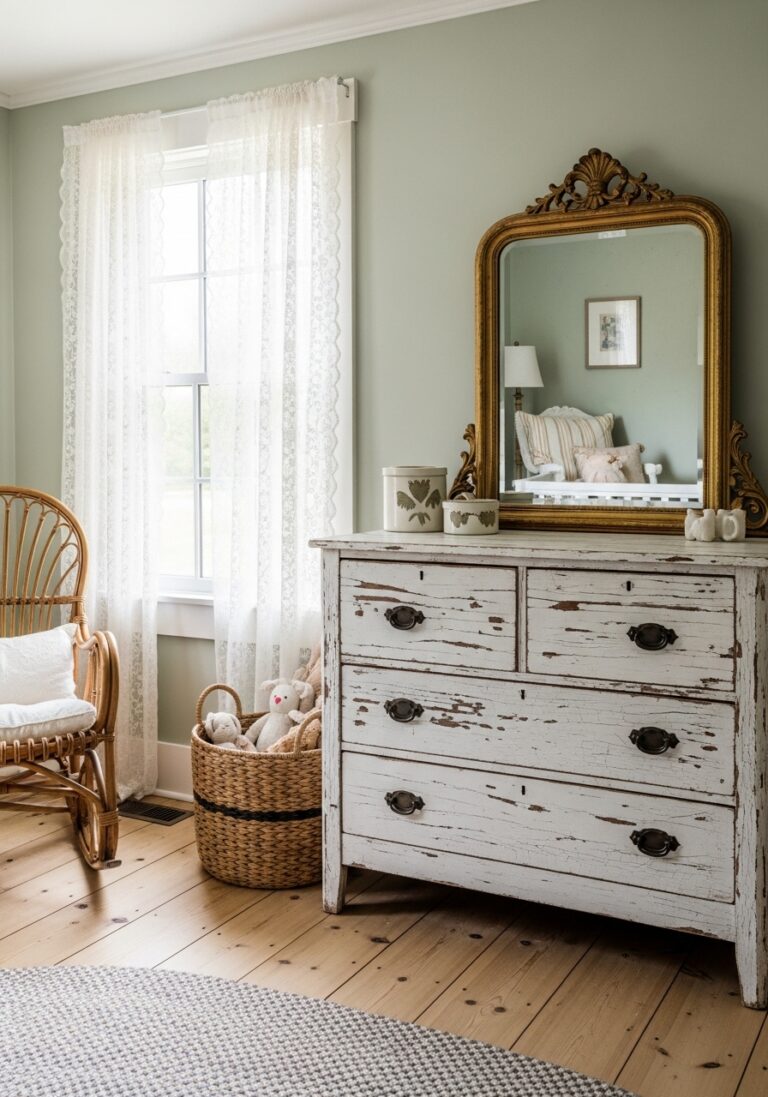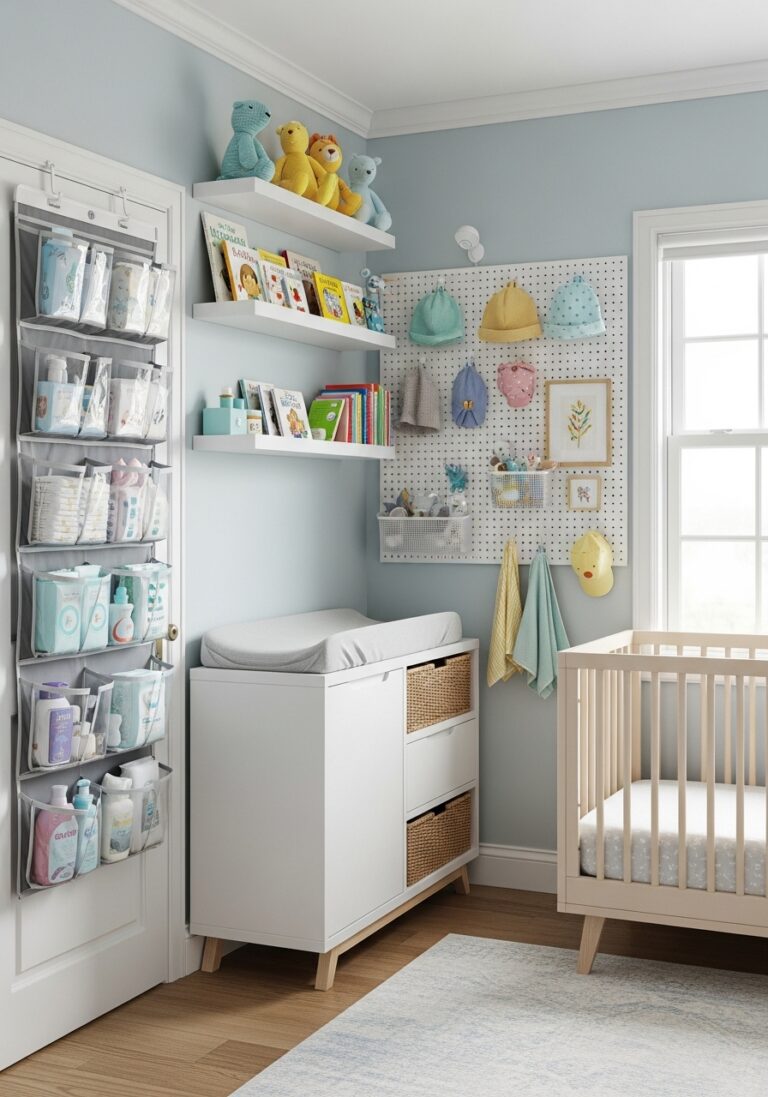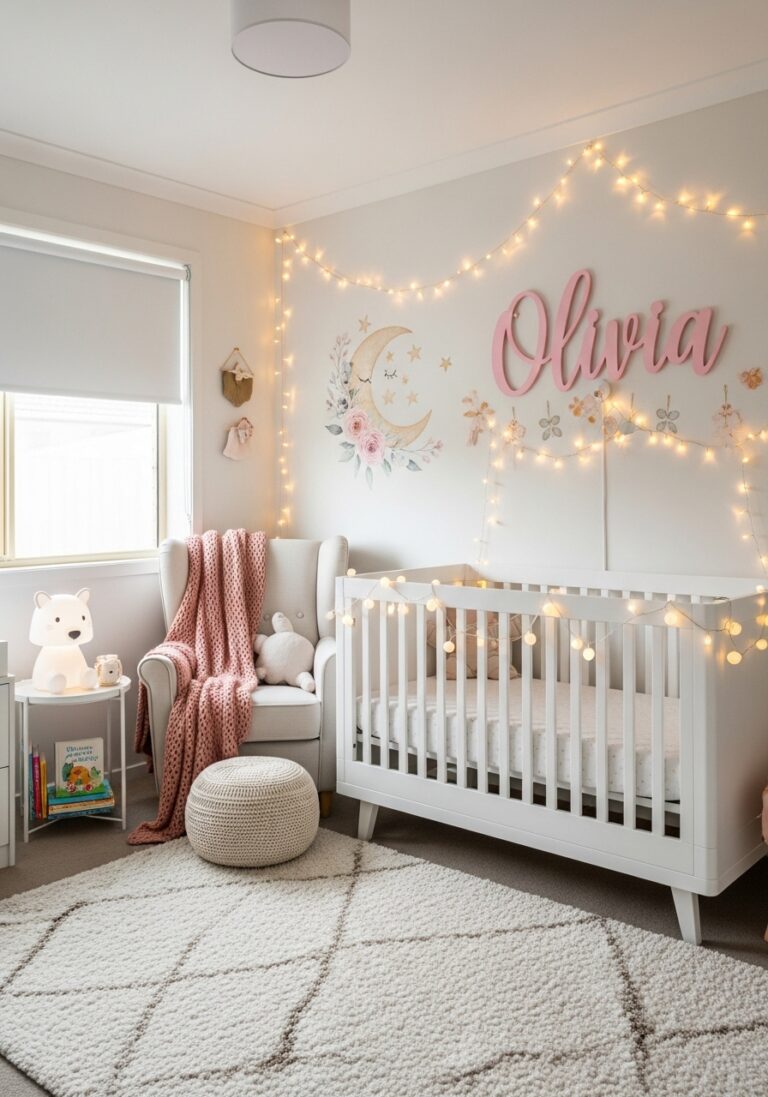Small Space, Big Love: Smart Nursery Ideas That Actually Work
Creating a nursery is one of the most exciting parts of preparing for your baby — but when space is limited, it can also be a bit overwhelming. Don’t worry — even if your nursery is the size of a walk-in closet, you can still make it functional, stylish, and full of charm.
With the right planning and clever design tricks, you can create a space that feels cozy instead of cramped. Whether you’re working with a small corner of your bedroom or transforming a tiny spare room, these space-saving nursery ideas will help you make the most out of every inch.
1. Start with a Compact Nursery Design Plan
Before you start buying furniture or decor, take time to map out your compact nursery design. Measure the room carefully and note the placement of windows, outlets, and doors. A detailed floor plan helps you visualize where each essential — crib, changing station, storage — will fit best.
Consider using a digital layout tool or even masking tape on the floor to test furniture arrangements. Sometimes, a slight shift in layout can completely transform how functional the room feels.
2. Choose Multi-Functional Furniture
When you’re short on space, every item should serve more than one purpose. Look for pieces that grow with your baby — for instance:
- A crib with built-in drawers underneath for extra storage.
- A changing table that converts into a dresser later.
- A rocking chair with hidden storage for blankets and toys.
These kinds of clever nursery storage solutions not only help save space but also ensure your nursery remains useful as your child grows.
3. Go Vertical with Storage
If floor space is limited, think upward. Vertical storage is a game-changer when it comes to small nursery storage ideas. Install open shelves above the changing table or crib for essentials like wipes, books, and toys.
You can also use wall-mounted baskets or peg rails to keep things within reach but off the floor. Floating shelves are great for displaying décor items without cluttering your surfaces.
Tip: Use matching baskets or bins on your shelves to keep everything tidy while adding a touch of style.
4. Embrace Minimalism
A clutter-free nursery feels more spacious — even if it’s small. Minimalist nursery design for small spaces focuses on what truly matters: comfort, function, and calm.
Stick to a neutral color palette, simple furniture lines, and minimal decor. Avoid bulky items that overpower the room. The result? A serene and airy space that feels cozy, not crowded.
Try this: Instead of a large dresser, opt for a sleek vertical storage cabinet or hanging closet organizer. Less furniture means more breathing room.
5. Create a Functional Nursery Setup
Think about your daily routine — late-night feedings, diaper changes, playtime — and organize the room accordingly. A functional nursery setup is all about convenience.
- Keep the diapering station near the crib to make nighttime changes easier.
- Store extra wipes, diapers, and onesies within arm’s reach.
- Use labeled bins or baskets so you can find essentials quickly, even in low light.
You’ll thank yourself during those 3 a.m. diaper emergencies!
6. Use the Space Under the Crib
The area under the crib is prime real estate in a small baby room idea. Use rolling storage bins, fabric drawers, or low baskets to stash extra linens, diapers, or off-season baby clothes.
Choose containers that match your nursery theme so the space still looks cohesive and intentional. If you prefer a cleaner look, add a crib skirt to hide the storage underneath.
7. Try Wall-Mounted Lighting
Skip the bulky floor lamp or nightstand lamp — instead, go for wall-mounted or clip-on lighting. This frees up valuable surface space for essentials like wipes, bottles, or décor.
Soft, adjustable lighting creates a warm and relaxing ambiance while saving space — a win-win for small nurseries.
8. Maximize Closet Space
If your nursery has a closet, don’t let it go to waste. Transform it into a mini storage system with rods, shelves, and bins.
Install a double-hanging rod to fit twice as many clothes — baby clothes are tiny, after all! Use baskets or drawer inserts to store shoes, swaddles, and blankets.
Closet organizers are one of the easiest nursery organization hacks that instantly make a small space more efficient and visually neat.
9. Foldable and Space-Saving Gear
Modern baby gear now comes with built-in convenience. Look for foldable bassinets, collapsible play mats, or wall-hanging diaper caddies. These space-saving nursery ideas allow you to tuck items away when not in use.
For example, a foldable changing pad can be stored in a drawer, and a collapsible laundry hamper can be hidden behind the door — making cleanup a breeze.
10. Add Floating Shelves and Pegboards
Floating shelves and pegboards are your best friends in a small nursery. A pegboard above the changing area can hold baskets, mini shelves, and hooks — perfect for keeping essentials handy and organized.
Floating shelves, meanwhile, can be used for books, framed prints, or baby monitors. This trick not only saves space but also adds visual height, making your nursery feel larger.
11. Use Light Colors and Mirrors to Open Up the Space
Never underestimate the power of light colors! Soft tones like ivory, sage, blush, or sky blue reflect natural light and make a room feel more open. Pair them with white or pale wood furniture for an airy look.
Adding a small wall mirror can also create the illusion of a larger nursery. A round mirror above the changing station or dresser doubles as a design piece and a light-enhancing element.
12. Utilize Corners and Nooks
Corners often get overlooked, but they can be surprisingly useful. Add a corner shelf unit, a small reading chair, or a hanging storage pocket.
If your nursery has a window nook, turn it into a mini seating area or reading zone for when your baby gets older. These tiny nursery layout ideas help you turn every inch into something purposeful.
13. Keep Decor Simple but Meaningful
When space is limited, every decorative element should serve a purpose. Choose items that add charm without clutter — a small mobile, wall decals, or a personalized name sign.
Opt for lightweight artwork that’s safe and easy to hang. These finishing touches make your nursery feel warm, personal, and thoughtfully designed without taking up floor space.
14. Make Use of Doors
Yes — even your door can help with storage! Hang an over-the-door organizer to keep extra diapers, wipes, baby lotion, and small accessories.
It’s one of the easiest clever nursery storage solutions that adds hidden organization without requiring extra furniture.
15. Keep It Flexible and Future-Proof
Your baby won’t stay tiny forever, so design with adaptability in mind. Choose furniture that can evolve — for example:
- A crib that converts into a toddler bed.
- A dresser that can double as a changing station now and a storage chest later.
- Neutral décor that can grow with your child’s personality.
These adjustments ensure your small nursery storage ideas continue to work long after the baby stage.
Final Thoughts
Designing a small nursery doesn’t mean compromising on style or function. With thoughtful planning, clever nursery storage solutions, and a touch of creativity, you can create a warm, organized, and beautiful space that meets both your needs and your baby’s.
Remember — it’s not about how much room you have, but how smartly you use it. Whether you’re embracing a minimalist nursery design for small spaces or adding cozy personal touches, your little one’s room can still feel magical, peaceful, and perfectly yours.

